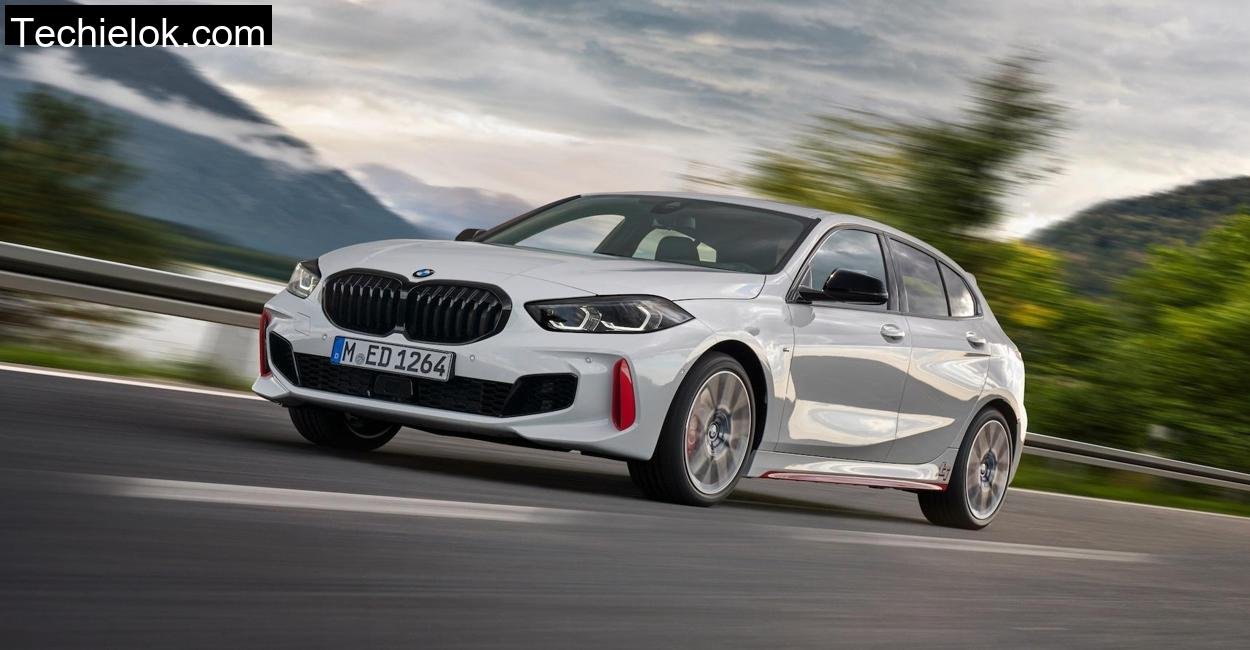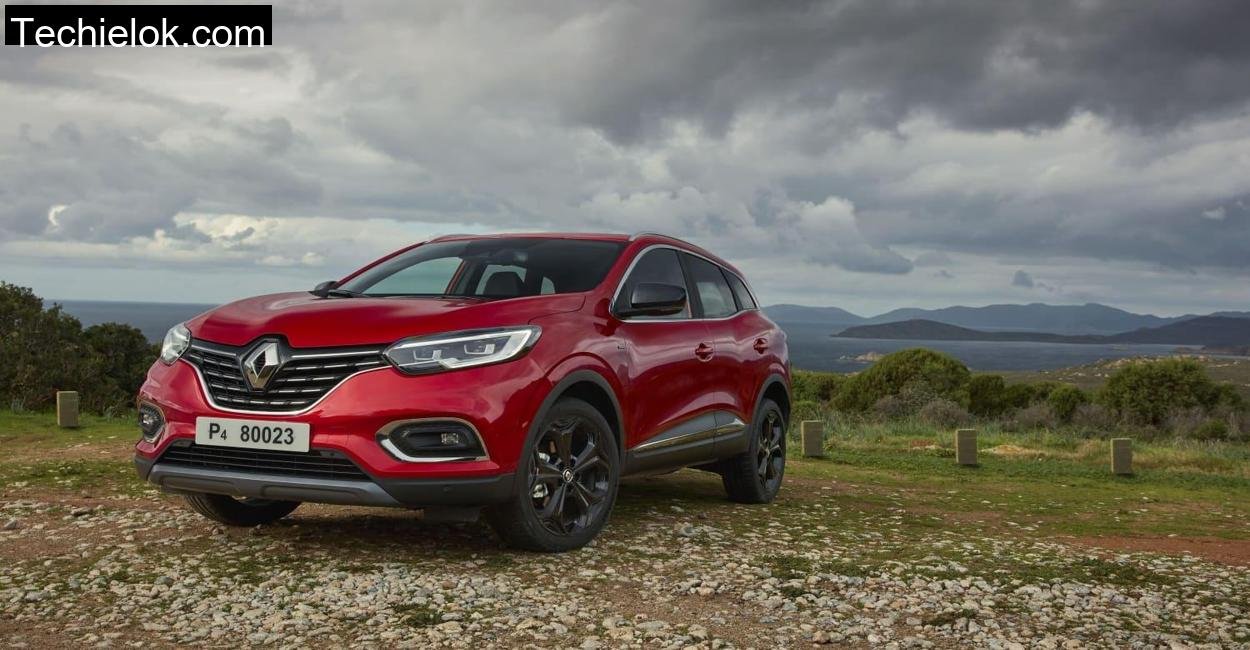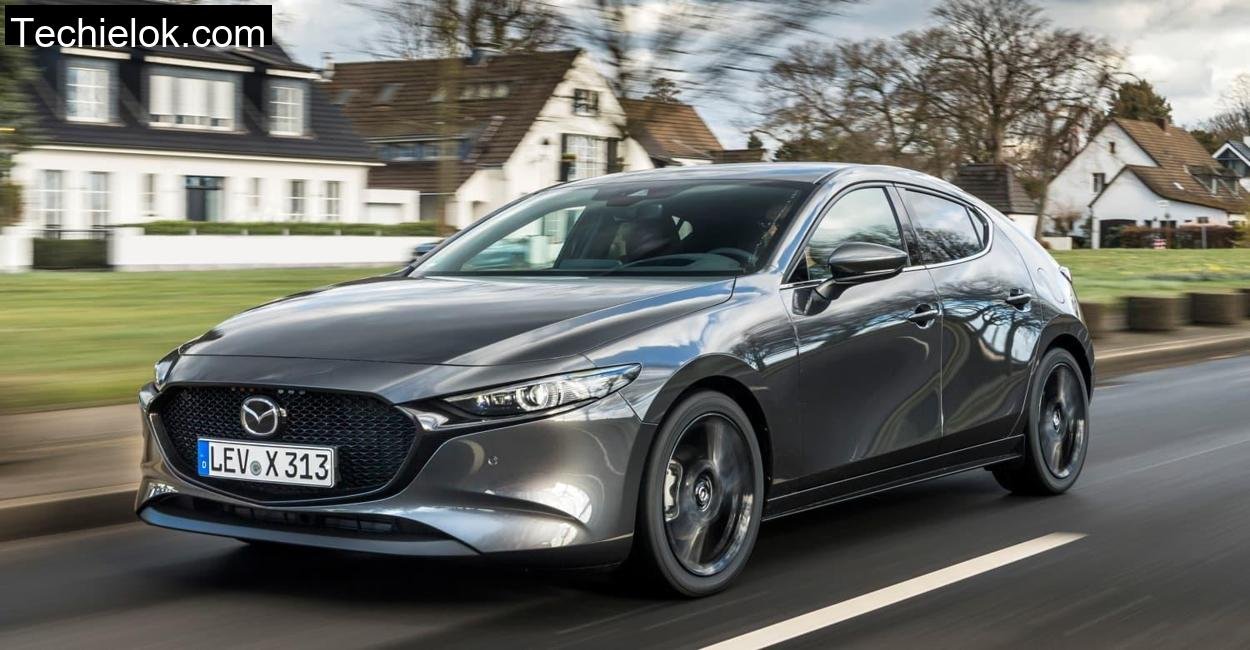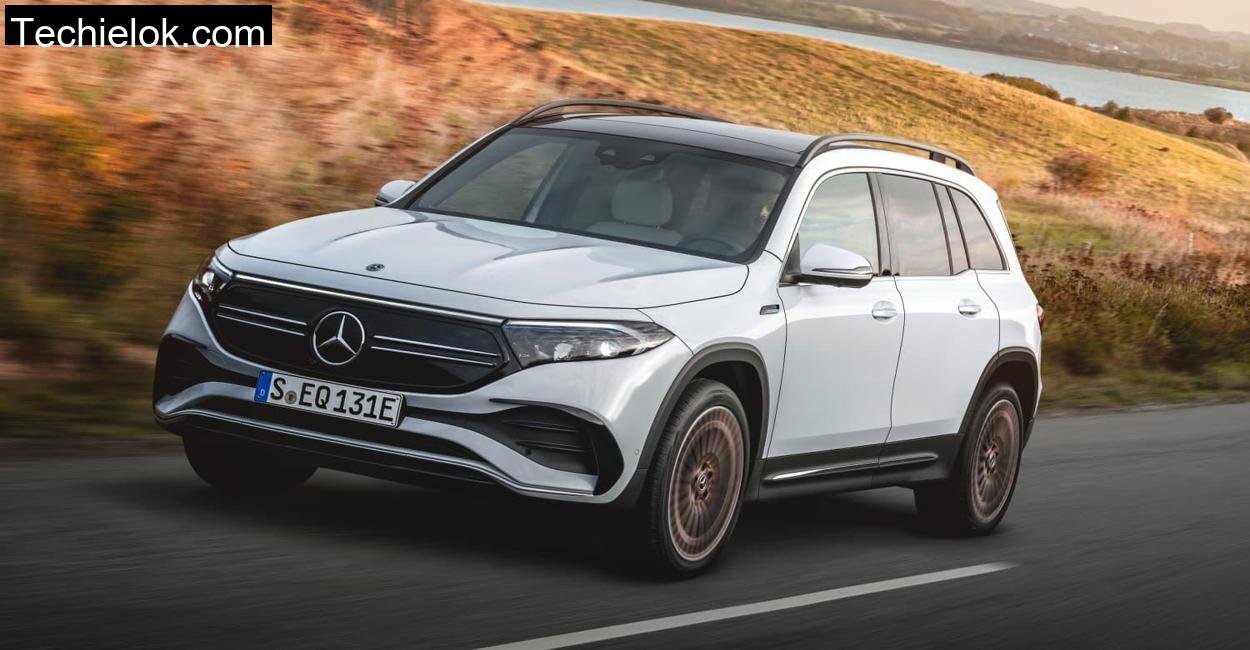When I first stepped out into the brisk morning air of Lichtenberge, the landscape was still holding on to the soft dew of dawn. The hills around this tranquil stretch of eastern Germany framed a quiet kind of power, an echo of what I was about to experience behind the wheel of the Mercedes EQC. The village roads gave way to sinuous forest trails, sharp inclines, and open stretches of blacktop that begged for something refined yet commanding. That something was waiting in matte grey, humming silently, poised on its 20, inch AMG alloys.
The EQC, Mercedes’ first dedicated electric SUV, has been discontinued now, but that didn’t make it any less intriguing to me. If anything, it made this drive feel more like a discovery, an exploration of a fading chapter in Mercedes’ electric story. A car that came in bold but left quietly. But for the week I lived with it, it was anything but quiet, figuratively, of course.
Inside the Fortress: Comfort, Craftsmanship, and that Mercedes Touch
The moment I pulled the door shut, the world outside dulled into a hush. It wasn’t just electric silence. It was engineered serenity. The cabin feels thick with luxury, layered in insulated glass, acoustic foam, and the sort of damping you expect from the S, Class. I was seated in the AMG Line variant, with supple Artico leather, brushed metal accents, and that signature 64, color ambient lighting that gives every night drive a touch of sci, fi.
Lichtenberge’s cobblestone lanes were the first test. The EQC’s air suspension absorbed the imperfections with a subtle grace. Even over patchy asphalt or undulating rural bends, the ride was nothing short of a glide. The steering was light, almost too light for enthusiastic feedback, but perfectly suited for long, distance comfort. The sheer isolation from outside noise was uncanny, even with a bicycle rack mounted, there wasn’t the usual wind whistle.
Acceleration with Authority: The Surge of 760 Nm
Of course, I wasn’t here just to float around in luxury. The real intrigue of the EQC lies beneath the surface. Two asynchronous electric motors, one on each axle, combine for 300 kW and a monstrous 760 Nm of torque. I launched it from a standstill near the edge of Lichtenberge’s old mill road, where the pavement opens into a gently rising twist of hillside.
The result? 0 to 100 in just over 5 seconds. But more than the number, it’s the nature of the acceleration that sticks with you. There’s no drama, no wheelspin, just a solid shove and then… you’re gone. You look down and you’re already at 140 km/h, all in a whisper. The EQC pulls like a locomotive but behaves like a ballet dancer. Despite its nearly 2.5, tonne mass, it never felt bulky, largely thanks to that low, mounted 650 kg battery pack anchoring the chassis.
Range Anxiety? Meet Reality on the Backroads

Now, let’s talk about the one question that every electric SUV faces: range. Mercedes claimed 429 km on paper. In real Lichtenberge terms, winding rural drives, some urban stints, a fair share of spirited hill climbs, I managed 325 km on a full charge. Not terrible, but not Tesla, territory either.
The EQC’s energy consumption averaged 27.3 kWh/100 km during my time with it. On highway runs, especially pushing 130 km/h, that number flirted with 30. Urban routes were more forgiving at around 22, 23. Thankfully, fast charging up to 110 kW helped keep downtime manageable. A 10 to 80% top, up took me just under 40 minutes at a DC station near the village border.
Charging overnight on an 11 kW wallbox, something Mercedes now includes as standard, took a little under 8 hours. Enough to make you think less about plugging in and more about planning your next sunrise ride.
Space, Practicality, and the Bike Test

I always carry a bike. Always. It’s my second soul when the road gets too boring or the terrain turns gnarly. The EQC passed the bike test, but just barely. The boot space offers a usable 500 liters, and with the seats down, that extends to 1460 liters. My gravel bike fit in diagonally, front wheel off. With a rack, though, it’s much easier, and yes, the EQC is rated to tow 1800 kg braked, and the drawbar can carry up to 72 kg. That’s enough for two e, bikes, but the payload is where it stumbles: 445 kg isn’t a lot when the car itself weighs nearly 2.5 tons.
Still, the EQC handles added weight gracefully. Even with the bike on the back and some light luggage, it never once felt tail, heavy or uncertain through curves.
Safety Beyond Spec Sheets
What Mercedes does best is wrap you in confidence. The Driver Assistance Package on my test model was worth every euro, active lane change assist that actually works, adaptive cruise with GPS integration for curves and roundabouts, evasive steering assist, and a semi, autonomous traffic jam feature that made crawling on the B246 less of a chore.
One feature I grew fond of was the “haptic throttle.” In Max Range mode, the pedal physically resisted my urge to go lead, foot. It’s a gentle nudge from the engineers reminding you this isn’t a drag strip.
Night drives in Lichtenberge under heavy fog were made easier by the high, definition LED headlights with adaptive beam and road sign detection, including wrong, way alerts. The EQC might not be around anymore, but it’s every bit a Mercedes when it comes to keeping you, and those around you, safe.
What You Pay for Power and Prestige
Let’s not tiptoe around it: this car was expensive. The base price of my AMG Line model hovered just above 73,000 euros, but with options like the Selenite Grey Magno paint (€2350), HUD (€1178), and even things that should be standard like Apple CarPlay (€416), the total crept above 90,000 euros. That’s quite a bill for a five, year car with no successor planned.
Still, every time I walked away from the EQC and turned back for a glance, I understood why someone might still want one. Even now. Even used.
Technical Specifications: Mercedes, Benz EQC 400 4MATIC (2021, 2023)
For factual accuracy, every piece of technical data comes straight from Mercedes official web source.
| Specification | Details |
| Power (System) | 300 kW / 408 hp |
| Torque | 760 Nm |
| Battery Capacity (Net) | 80.0 kWh |
| Acceleration (0, 100 km/h) | 5.1 seconds |
| Top Speed | 180 km/h |
| Range (WLTP) | 429 km |
| ADAC Tested Range | ~335 km |
| Consumption (WLTP) | 21.7 kWh/100 km |
| Real, World Consumption | 27.3 kWh/100 km |
| Charging (AC/DC) | 11 kW / 110 kW |
| Boot Space | 500 L (1460 L max) |
| Weight | 2495 kg |
| Towing Capacity | 1800 kg (braked) |
| Payload | 445 kg |
| Dimensions (L x W x H) | 4762 x 1884 x 1624 mm |
| Base Price (Germany) | €73,209 (AMG Line) |
Conclusion: A Fading Star Still Worth Catching?
Driving the Mercedes EQC felt like being wrapped in layers of power, silence, and reassurance. It was fast, but not frantic. Elegant, yet never fragile. Yes, the range was disappointing compared to newer rivals. Yes, the pricing bordered on absurd. And yes, its discontinuation without a direct successor casts a shadow.
But in the week I spent threading it through the birch, lined passes of Lichtenberge, the EQC never once felt like an obsolete relic. It felt alive, sure of itself, and defiantly luxurious. For those who want their electric SUV to feel like a fortress on wheels, with genuine engineering heritage behind it, the EQC, even used, still commands respect.
Is charging fast enough for road trips in EQC?
With DC fast charging up to 110 kW, it can recharge from 10 to 80% in around 40 minutes.
Does EQC feel like a ‘real’ Mercedes?
Absolutely. Comfort, craftsmanship, and quiet dominance, it delivers on all fronts.











